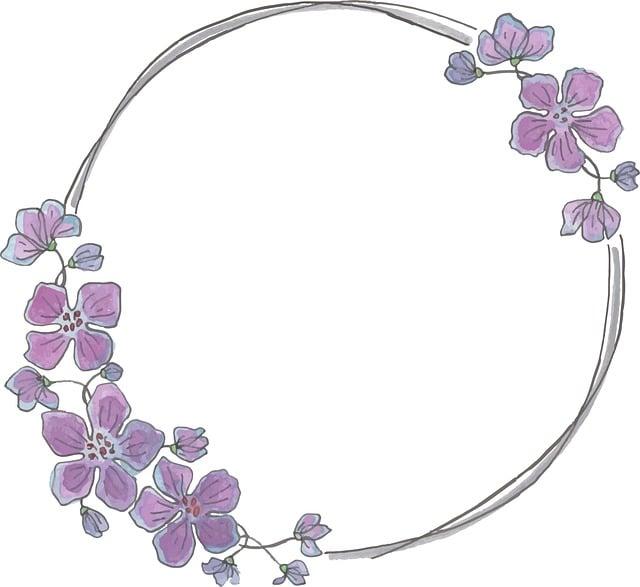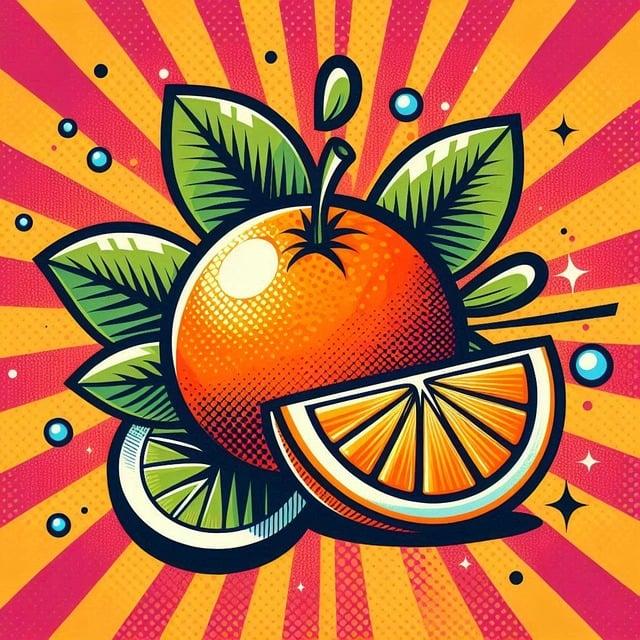In a quaint village, a young girl named Elara discovered an ancient wreath hidden in her grandmother’s attic. Intrigued, she learned that wreaths symbolized the cycle of life—evergreen leaves representing eternity, while the circular shape signified unity and wholeness. Inspired, Elara crafted her own wreath, weaving in flowers from each season. As she hung it on her door, she felt a connection to her ancestors and the changing world around her. The wreath became a reminder that life, like nature, is a beautiful, continuous journey.
Table of Contents
- The Timeless Significance of Wreaths in Cultural Traditions
- Exploring the Symbolism of Wreaths Across Different Celebrations
- Crafting Your Own Wreath: A Personal Touch to Symbolic Meaning
- Choosing the Right Materials: Enhancing the Symbolic Value of Your Wreath
- Q&A

The Timeless Significance of Wreaths in Cultural Traditions
Wreaths have woven themselves into the fabric of various cultural traditions, serving as powerful symbols that transcend time and geography. In many societies, they are crafted from natural materials, embodying the cycle of life and the changing seasons. The circular shape of a wreath represents eternity, with no beginning or end, making it a fitting emblem for concepts such as love, unity, and the continuity of life. From ancient Rome, where laurel wreaths were awarded to victors, to modern-day holiday decorations, these circular adornments carry profound meanings that resonate across generations.
Different cultures imbue wreaths with unique significance, often reflecting their values and beliefs. For instance, in Christian traditions, wreaths are commonly associated with Advent, symbolizing hope and the anticipation of Christ’s birth. In contrast, during the harvest season, many cultures create wreaths from grains and flowers to celebrate abundance and gratitude. The use of specific materials can also convey messages; for example, evergreen wreaths symbolize everlasting life, while floral wreaths may signify the beauty and fragility of existence. Through these diverse interpretations, wreaths continue to be a cherished element in rituals and celebrations, reminding us of our shared humanity and the cycles that connect us all.
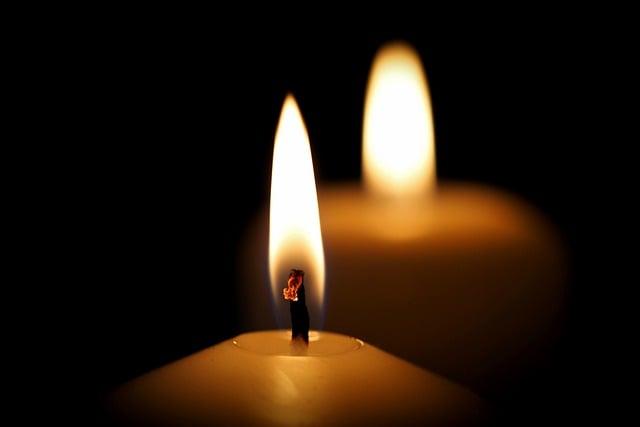
Exploring the Symbolism of Wreaths Across Different Celebrations
Wreaths have long been a powerful symbol across various cultures and celebrations, often representing the cyclical nature of life and the continuity of seasons. In many traditions, they are crafted from evergreen materials, which signify **eternity** and **renewal**. During the winter solstice, for instance, wreaths are used to celebrate the return of light, embodying hope and the promise of new beginnings. Similarly, in Christian traditions, the Advent wreath serves as a reminder of the anticipation of Christ’s birth, with each candle representing a week of preparation and reflection.
Beyond their seasonal significance, wreaths also play a vital role in commemorative events. In memorial services, they symbolize **remembrance** and **honor**, often adorned with flowers that reflect the personality or favorite colors of the deceased. This practice is not limited to one culture; various societies use wreaths to pay tribute to their loved ones, creating a visual representation of love and loss. Additionally, during celebrations like weddings, wreaths can signify **unity** and **commitment**, often used in floral arrangements or as crowns for the couple, encapsulating the idea of a shared journey and the intertwining of lives.
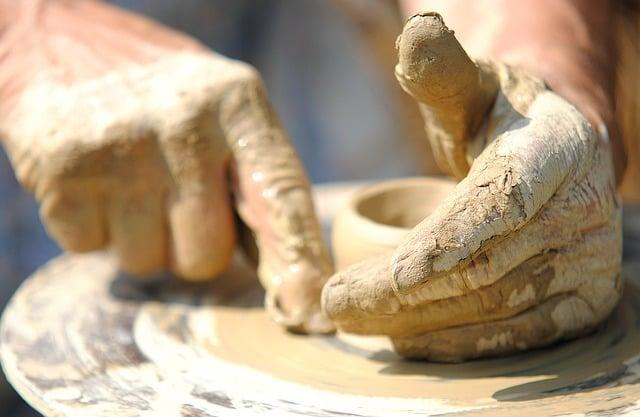
Crafting Your Own Wreath: A Personal Touch to Symbolic Meaning
Creating your own wreath is not just an artistic endeavor; it’s a heartfelt expression of your personal journey and the meanings you wish to convey. Each element you choose to incorporate can tell a story, reflecting your values, experiences, and the emotions you want to evoke. Whether you opt for vibrant flowers, lush greenery, or rustic twigs, the materials you select can symbolize various aspects of life, such as renewal, celebration, or remembrance. By handcrafting your wreath, you infuse it with your unique essence, transforming a simple decoration into a powerful emblem of your identity.
As you gather your materials, consider the **symbolic meanings** behind each choice. For instance, you might include:
- Evergreen branches to represent eternal life and resilience.
- Seasonal flowers to signify the beauty of change and the passage of time.
- Fruits or berries to symbolize abundance and prosperity.
- Ribbons to add a touch of joy and celebration.
By thoughtfully selecting each component, your wreath becomes a canvas for your emotions and beliefs, allowing you to share a piece of your story with those who encounter it. This personal touch not only enhances the aesthetic appeal but also deepens the connection between the wreath and its observer, making it a cherished symbol of your life’s journey.
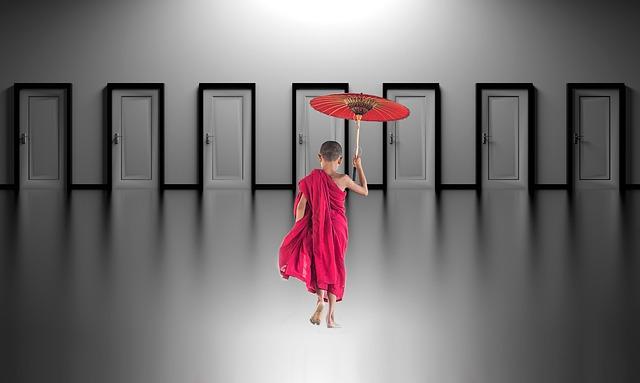
Choosing the Right Materials: Enhancing the Symbolic Value of Your Wreath
When crafting a wreath, the choice of materials plays a pivotal role in conveying its intended message and enhancing its symbolic value. Natural elements such as **evergreen branches**, **dried flowers**, and **fruits** not only add visual appeal but also represent themes of **eternity**, **growth**, and **abundance**. Incorporating materials that resonate with the season or occasion can deepen the emotional connection. For instance, using **pinecones** and **holly** during winter evokes feelings of warmth and celebration, while **wildflowers** in spring symbolize renewal and hope.
Additionally, the use of color can significantly influence the wreath’s symbolism. **Rich reds** and **greens** often signify festivity and joy, making them perfect for holiday wreaths, while **soft pastels** can evoke a sense of tranquility and peace, ideal for memorial wreaths. Consider incorporating **textured elements** like **ribbons** or **twine** to add depth and interest, as these can symbolize unity and connection. By thoughtfully selecting materials that align with your message, you can create a wreath that not only beautifies a space but also resonates deeply with those who encounter it.
Q&A
-
What do wreaths symbolize in general?
Wreaths are often seen as symbols of eternity and continuity due to their circular shape, which has no beginning or end. They represent the cycle of life, death, and rebirth.
-
What do wreaths symbolize during the holiday season?
During the holiday season, wreaths symbolize celebration and welcome. They are commonly used as decorations to convey joy and festivity, often adorned with seasonal elements like pine, berries, and ribbons.
-
What do funeral wreaths represent?
Funeral wreaths are a poignant symbol of remembrance and honor. They are often placed at memorials to commemorate the deceased, signifying the love and respect held for them.
-
What do wreaths symbolize in different cultures?
In various cultures, wreaths can symbolize victory (like laurel wreaths in ancient Greece), peace (often seen in olive wreaths), or fertility (with floral wreaths used in spring celebrations). Each culture imbues wreaths with unique meanings based on their traditions.
In essence, wreaths weave together threads of history, culture, and emotion. Whether adorning a door or gracing a memorial, they remind us of life’s cycles, connections, and the beauty found in both celebration and remembrance. Embrace their timeless symbolism.

大家好,我是彼得潘,專業的手法身體治療師。我喜歡探索和研究各種主題,並透過與人工智慧的合作分享專業、實用、有趣的文章。我們定期進行人工審核,以確保內容的準確性。如果您發現文章中有任何不準確的地方,請隨時與我們聯繫,我們會及時糾正。您可以透過 [email protected] 與我們聯繫。
